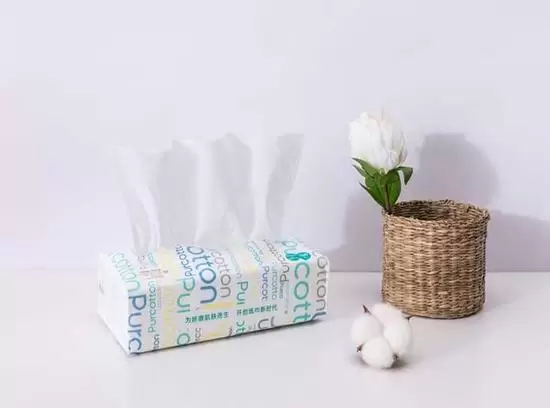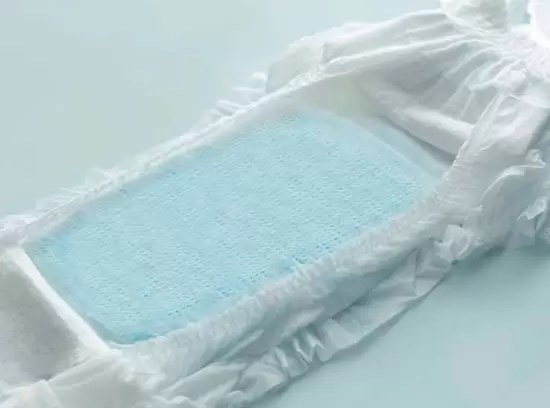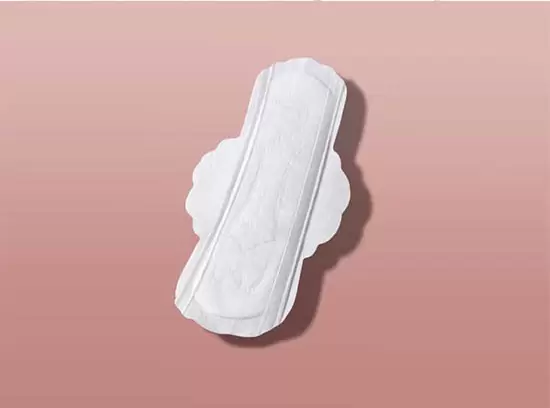Breastfeeding is a beautiful experience for both the mother and the baby. However, it is not without its challenges, one of which is leaking breasts. This is where breast pads come in handy. Breast pads are an essential tool for nursing mothers as they help to prevent leakage and keep the breasts dry. However, it’s important to know how often to change them to ensure maximum effectiveness and prevent discomfort.
What Are Eco Friendly Breast Pads?
Eco friendly breast pads are an eco-conscious alternative to traditional disposable breast pads. They are made from organic, natural, and sustainable materials, such as bamboo, hemp, or cotton, and are washable and reusable. Unlike disposable breast pads, eco friendly breast pads are designed to reduce waste, save money, and provide long-lasting protection.
How Often Should You Change Eco Friendly Breast Pads?
The frequency of changing eco friendly breast pads depends on several factors, including the mother’s milk supply, the baby’s feeding habits, and the material of the breast pads. In general, it is recommended to change breast pads every 2-3 hours or whenever they become wet. Here are some tips to help you determine how often to change your eco friendly breast pads:
Pay attention to your milk supply: If you have a large milk supply, you may need to change your breast pads more often. The more milk your breasts produce, the more likely you are to experience leakage. Therefore, it’s important to monitor your milk supply and change your breast pads as needed.
Observe your baby’s feeding habits: If your baby feeds frequently or for long periods, you may need to change your breast pads more often. This is because prolonged feeding can cause your breasts to leak. In this case, it’s recommended to change your breast pads every 1-2 hours to prevent discomfort and leakage.
Choose the right material: The material of your breast pads can also affect how often you need to change them. For example, bamboo and hemp breast pads are highly absorbent and can hold more liquid than cotton breast pads. If you have a heavy milk supply, you may want to opt for bamboo or hemp breast pads to reduce the frequency of changes.
Monitor your comfort level: Lastly, it’s important to pay attention to your comfort level. If you feel wet or uncomfortable, it’s time to change your breast pads. Prolonged exposure to wetness can cause skin irritation and discomfort, so it’s important to change your breast pads as soon as you notice any wetness.
In conclusion, changing eco friendly breast pads every 2-3 hours or whenever they become wet is recommended for maximum effectiveness and comfort. However, this may vary depending on the mother’s milk supply, the baby’s feeding habits, and the material of the breast pads. By paying attention to these factors and choosing the right breast pads, nursing mothers can ensure a comfortable and stress-free breastfeeding experience.













